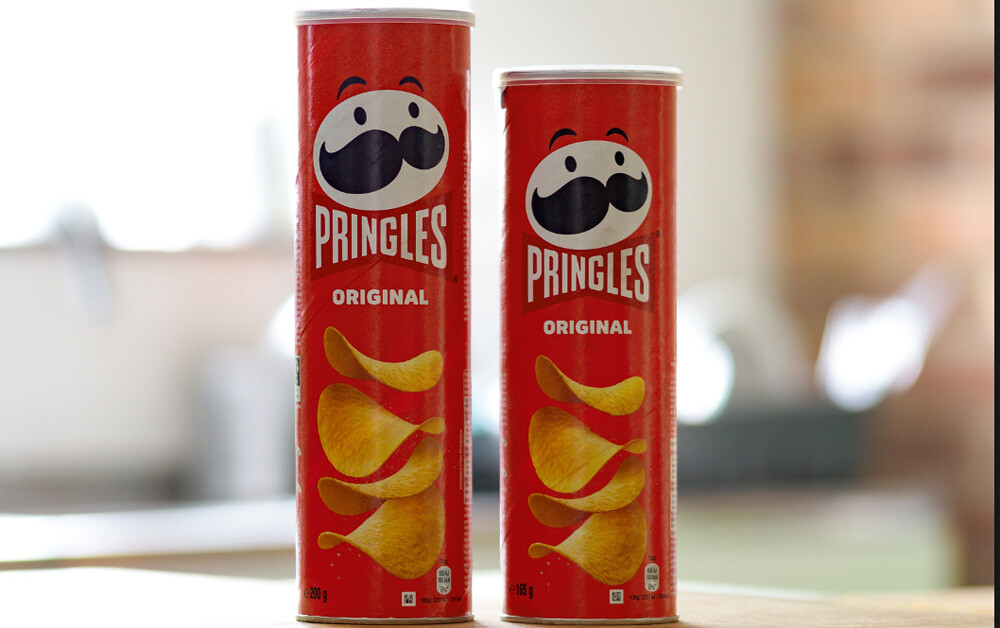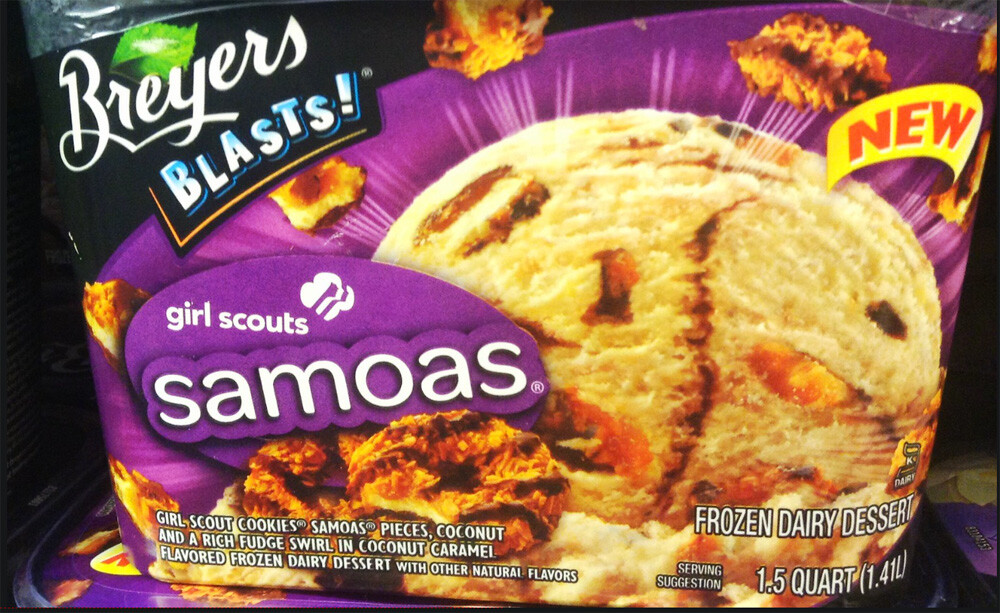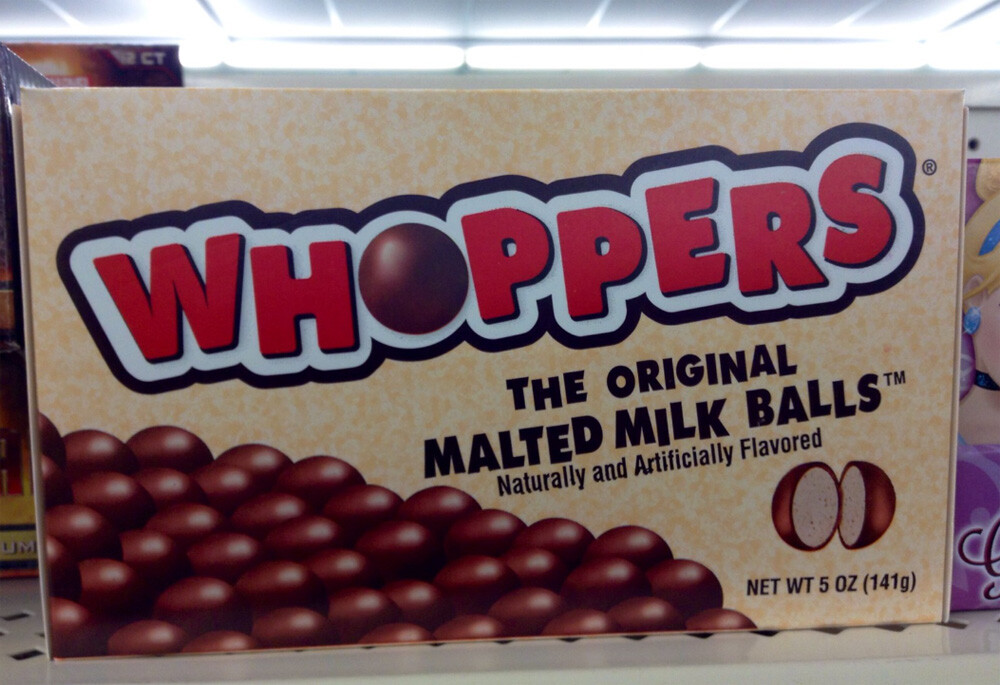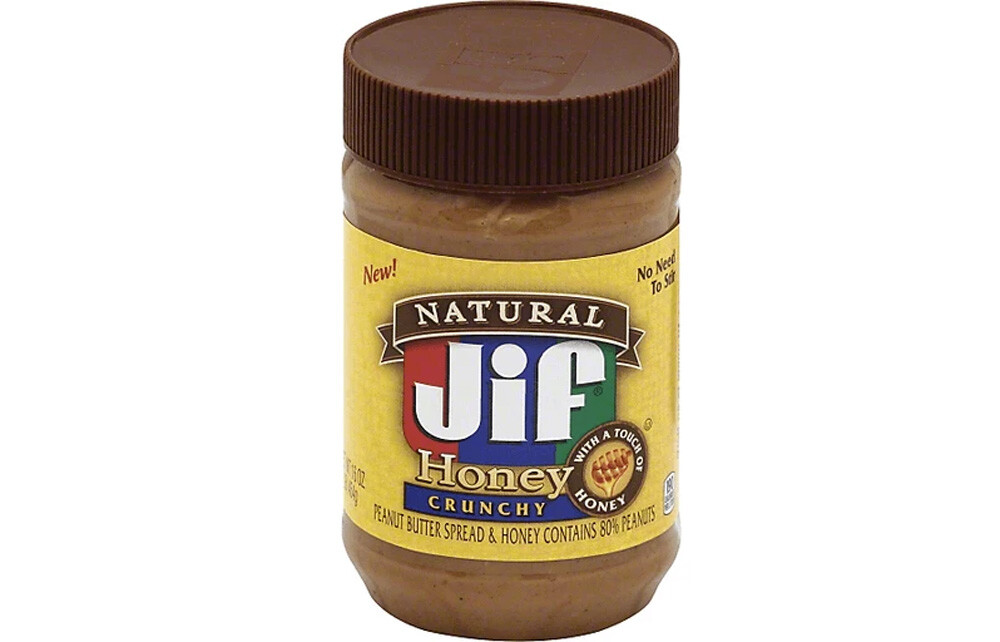Once upon a time, you could mash up some apple cores, add some toxic fish-smelling chemicals and sell the result as “strawberry jam.” Eventually, however, people said the government should step in and do something about that. These people weren’t public health activists (no one cares what public health activists say). They were companies, manufacturers of actual strawberry jam, who knew their product was better and wanted official government labels saying so.
A century and a half later, government regulations now include definitions for every kind of food imaginable. Many foods you buy can’t legally call themselves by the names you use for them — and if you look at the label, you’ll see they call themselves something else entirely.
Jif Natural Peanut Butter Isn’t Peanut Butter
“Peanut butter spread” sounds like just another name for peanut butter, but it’s not, no more than “chocolate spread” is the same thing as chocolate. Peanut butter spread merely includes peanut butter as an ingredient. So, when you pick up a jar of Jif, take a look at exactly what it calls itself:
Jif
If it says “peanut butter spread,” that’s because the FDA says it’s not peanut butter. To be peanut butter, it must contain at least 90 percent peanuts, and the jar above contains 80 percent. Other jars of Natural Jif do contain 90 percent nuts, but they still fail to meet the definition because they contain the wrong kind of oil.
The reason this is funny, rather than just an obscure bit of culinary knowledge, is that regular Jif — i.e., Jif that isn’t called “natural” — is labeled peanut butter because it meets the definition just fine. When they say “natural,” that’s their vague way of advertising that it contains fewer ingredients than the usual alternative. Natural Jif leaves out some stabilizer chemicals. But it contains a bunch of palm oil, and less peanuts. Palm oil is natural. Heck, Komodo venom is natural.
Pringles Aren’t Potato Chips
“Potato chip bags are full of air,” says your friend. “They’re cheating us.” Since you’re a know-it-all who likes correcting people, you explain that the air in the bag isn’t there to fool you. It’s nitrogen, which cushions the chips and keeps them from spoiling.
“But wait!” says your friend. “Then explain why Pringles fill the entire can with chips without any significant volume of non-oxidizing gas!” One reason is the can, since rigid packaging stops the chips from breaking. But also, Pringles aren’t chips at all. In America, Pringles may call themselves “potato crisps,” which is the British word for what Americans call chips but in America means “not chips actually.” Or, Pringles might call themselves nothing at all, other than Pringles.

Chips are made from slices of potato. Pringles are made from potato flour, and not very much of it. Pringles contains just 42 percent potato stuff, with the bulk of the remainder made up of corn flour and rice flour.
So, in America, they couldn’t call themselves potato chips. Then they went to the U.K., and having established that they were just a can of wishes, they argued they didn’t qualify as potato crisps over there. Without enough potato to meet the crips definition, they were potato bread or potato cake and should be taxed less. A judge gave this argument some thought, said “bollocks to that,” and issued the company a tax bill of over £100 million.
Breyers Used to Be Ice Cream, But No Longer
Go to the ice cream aisle and pick up some Breyers. The aisle is marked ice cream, but the carton isn’t — the box instead calls the contents a “frozen dairy dessert.” To qualify ice cream, the FDA says a product must contain at least 10 percent dairy fat, so if you skimp on the cream and just dump in a bunch of corn syrup, your dessert doesn’t make the cut.

The irony is that Breyers used to qualify as ice cream and in fact had a reputation as a particularly pure and high-quality ice cream. Another brand might sell “ice milk,” low on fat and seemingly not a dessert at all, but Breyers was legit. No longer. They refuse to say they changed their recipe to cut costs, however. PR reps for the company insist that the new recipe merely aims “to create a smoother texture.”
Also officially not ice cream, by the way: soft serve. It misses the minimum fat requirements to qualify as ice cream and arguably misses the minimum solids requirement to qualify as food, because up to 60 percent of the product may be air. In Europe, some places refer to soft serve as American ice cream, which says something about their opinion of American food in general.
Kraft Singles Aren’t Cheese
Kraft Singles are the classic example of a food that can’t quite legally call itself a food. Kraft does not call its singles sliced cheese — it’s a “pasteurized prepared cheese product.” Even if you’d noticed this before, you might be surprised by how lenient the definition of cheese really is, and how Kraft still fails to meet it.

To qualify as cheese, the FDA says the product must contain at least 51 percent cheese. Kraft Singles don’t have that. They have some cheese, and then they have a bunch of non-cheese dairy ingredients, then a bunch of calcium phosphate and sodium phosphate, and then trace ingredients. Singles aren’t cheese, and they also aren’t slices. The were never sliced from a block but rather produced from a liquified mixture.
So, for years, Kraft called Singles “pasteurized processed cheese food.” Then in 2002, the FDA told them even that was inaccurate. It is not a cheese food, said the FDA, and so, Singles have been merely a cheese product ever since.
Whoppers Aren’t Candy
Bodies other than the FDA issue their own definitions of food. Illinois has its own definition of candy, whereby if something contains flour, it’s not candy. It’s plain honest food. So, a bar of Hershey’s chocolate (shockingly, Hershey’s does legally qualify as chocolate) is candy. But a bar of Hershey’s Cookies ‘n’ Crème has flour, so it is not candy.
Kit Kat is similarly not candy in Illinois because it has so much flour that it’s practically a hoagie. Twizzlers, whose makeup remains a mystery to the average customer, also contains flour, so it is not candy. And Whoppers, those delicious malted milk balls? Not candy. They are food.

The issue here isn’t that Whoppers are forbidden from calling themselves candy. Rather, because they aren’t candy, they’re exempt from the higher sales tax that stores must apply to candy (as well as to nearly all products, but not to food). Yes — the strategy that Pringles tried unsuccessfully in the U.K. works just fine for Whoppers in Illinois. Illinois happens to be the setting of The Jungle and therefore the birthplace of food regulation. We can only therefore bow to their superior definitions for all things edible.
Follow Ryan Menezes on Twitter for more stuff no one should see.

